Menu
close
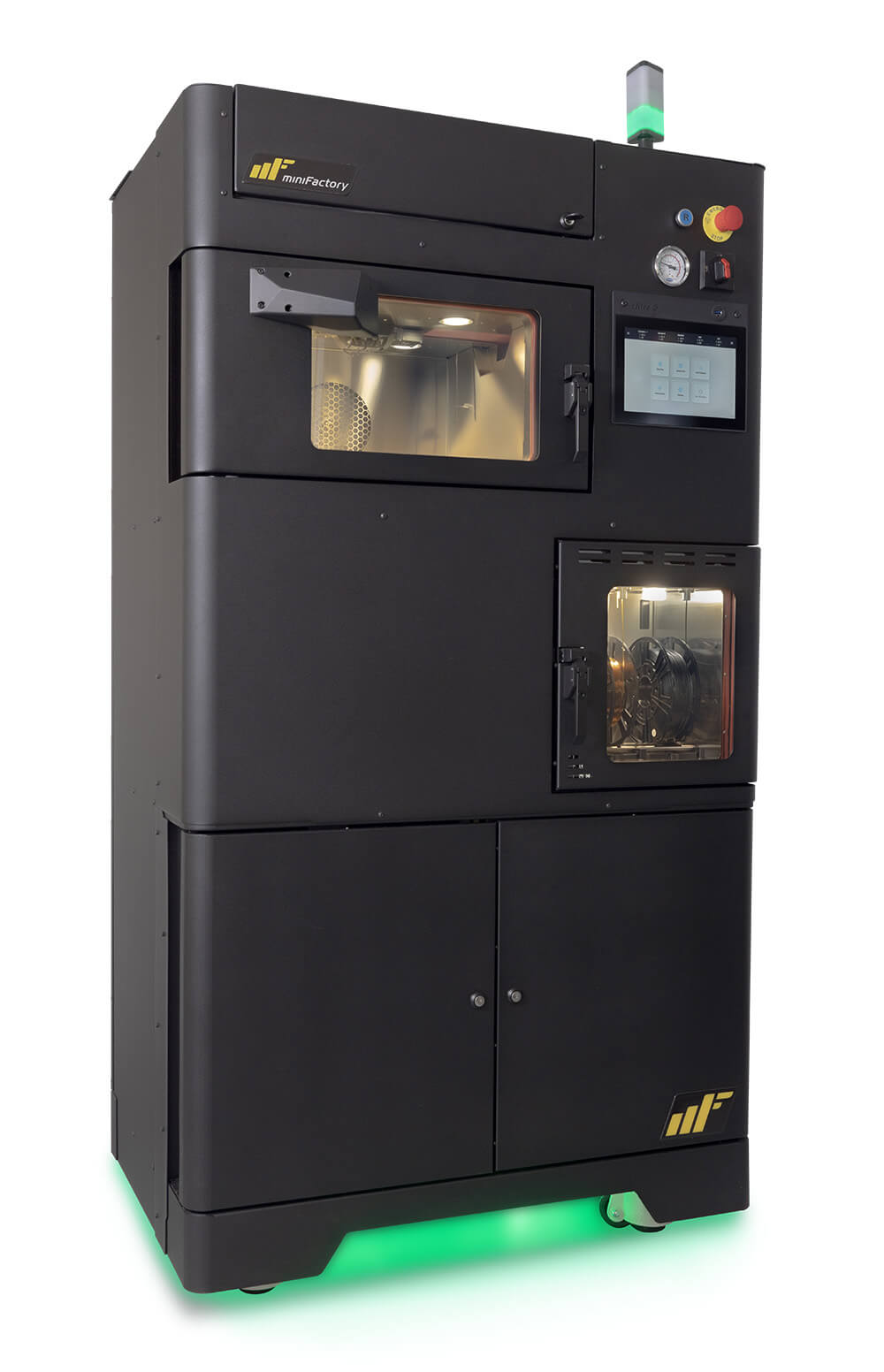
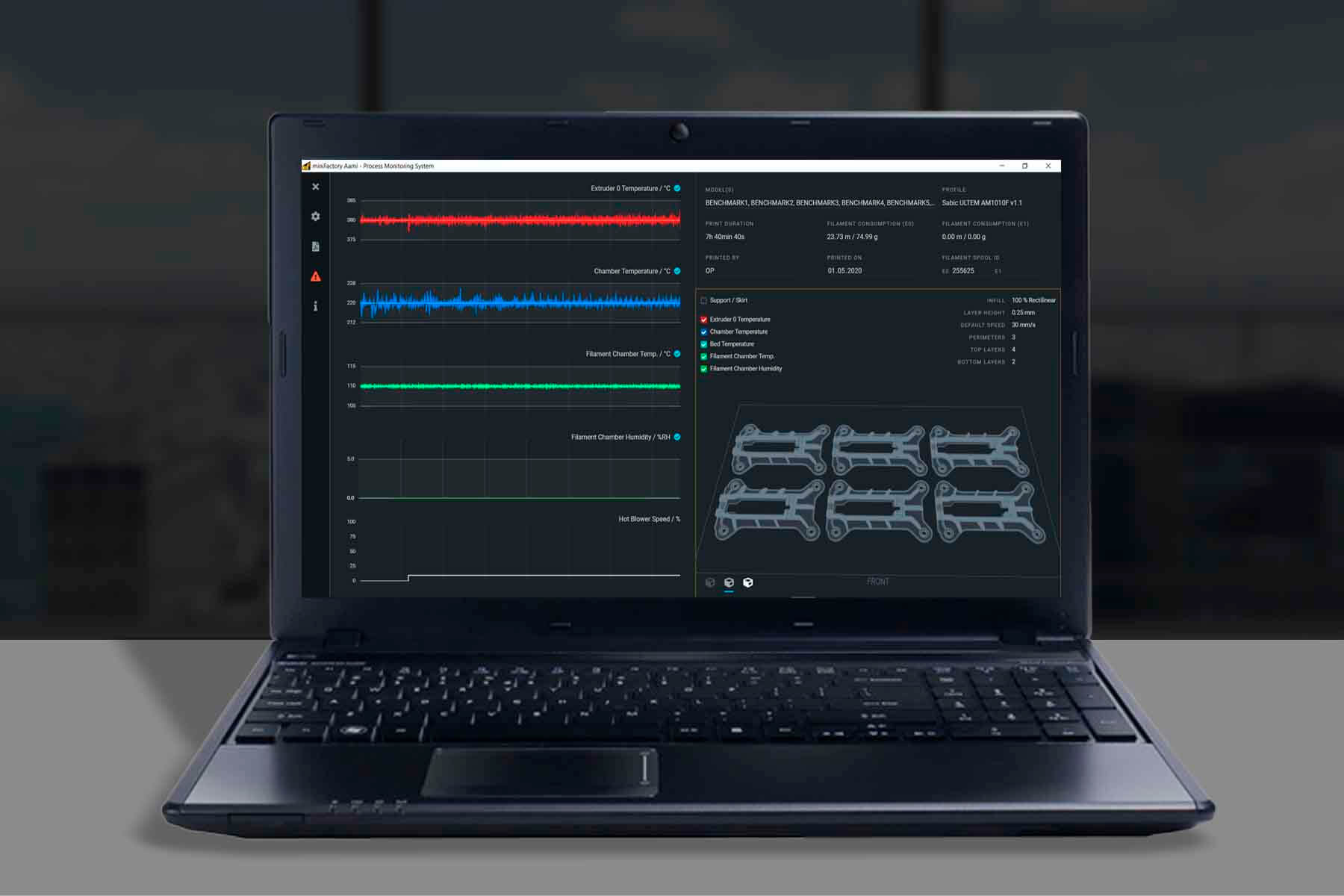
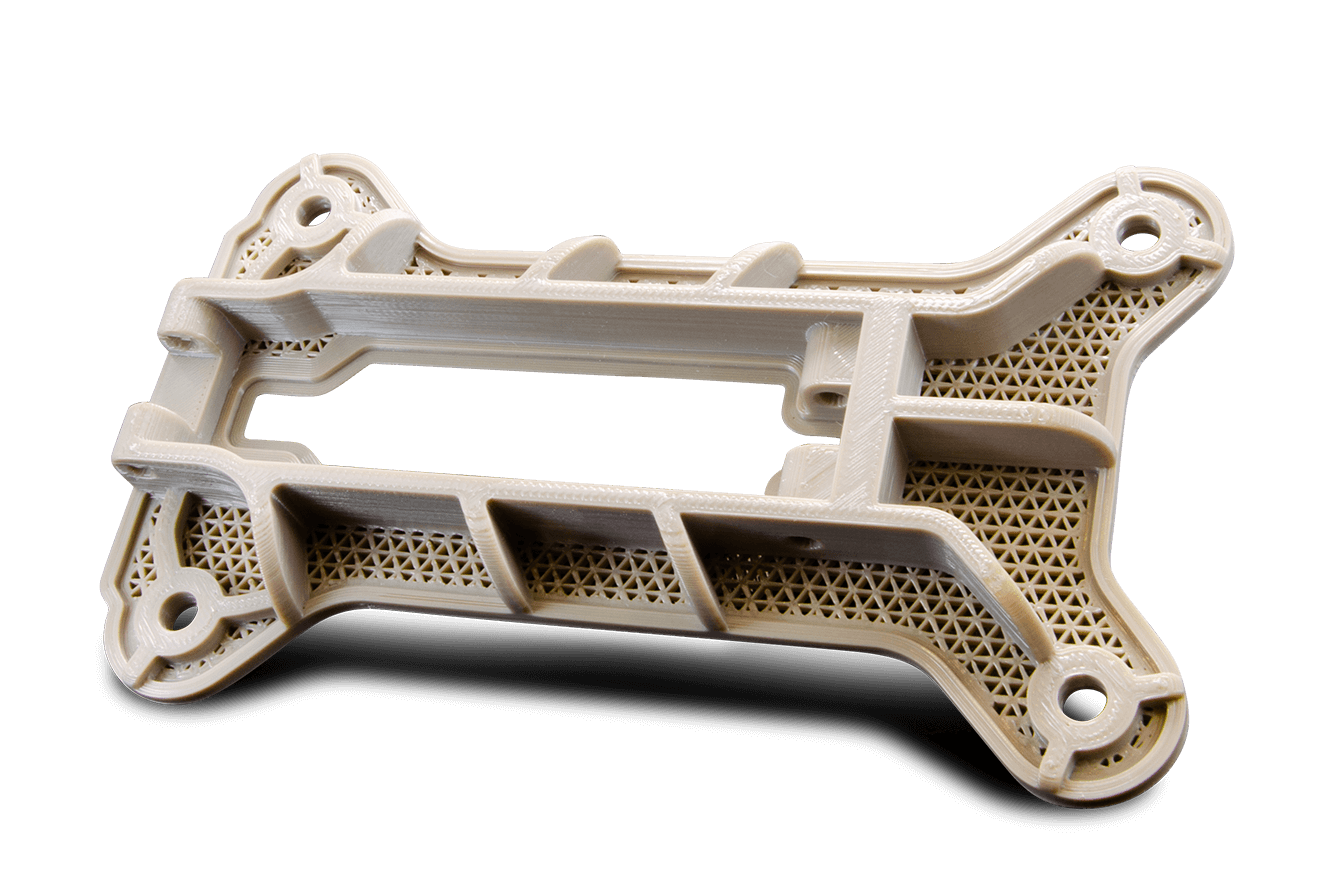

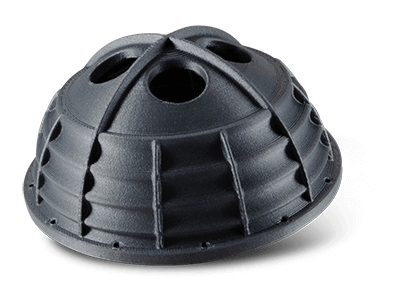
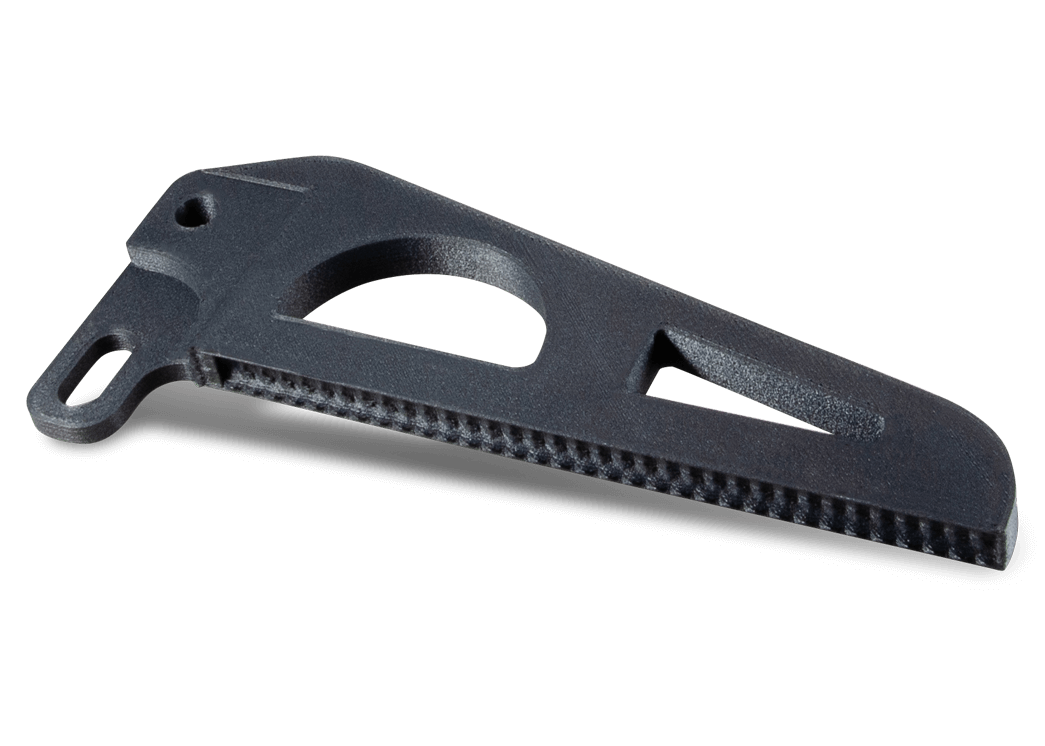

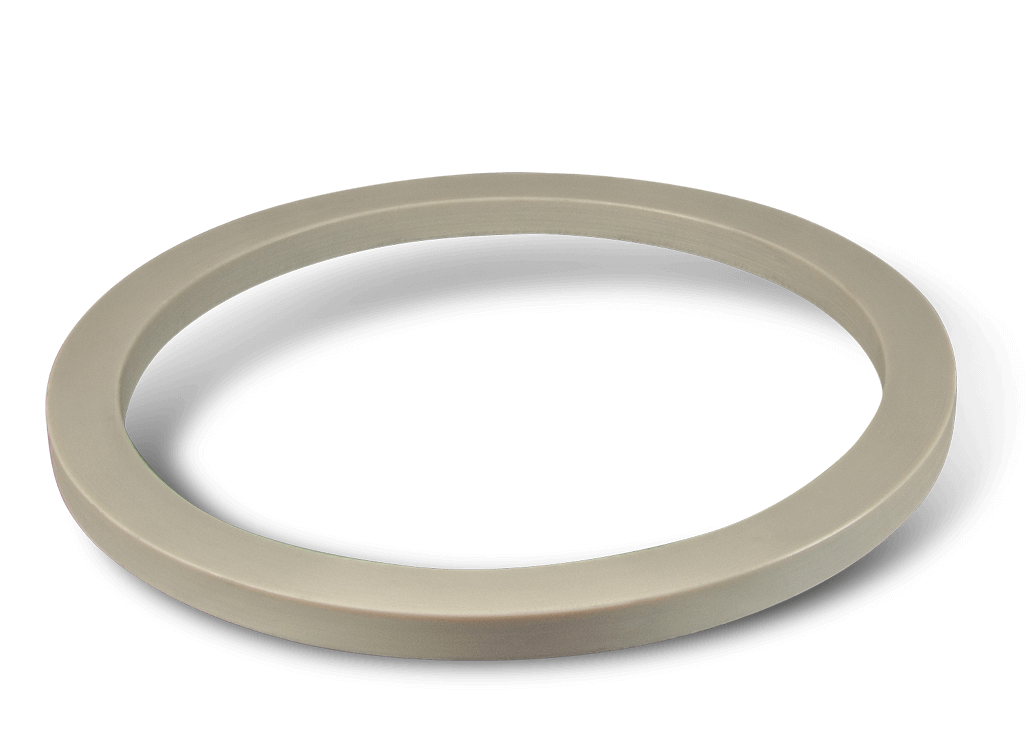
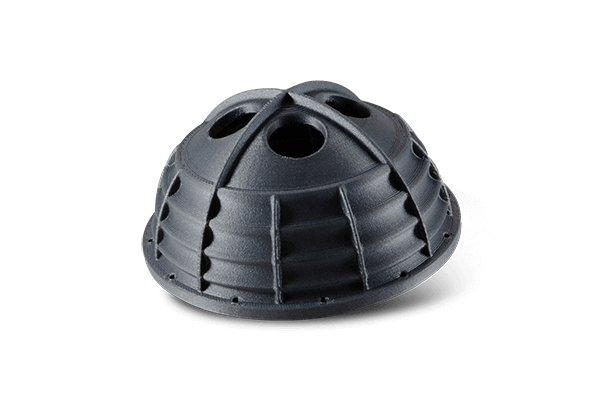
Polyaryletherketone (PAEK) is a family of semi-crystalline thermoplastics with high-temperature stability and high mechanical strength. The two best-known materials in this group that can be 3D printed using FFF technology are PEEK (Polyetheretherketone) and PEKK (Polyetherketoneketone).
PEEK 3D printing is an exciting opportunity, as 3D printing of the material which is at the top of the polymer pyramid allows parts to be manufactured faster, cheaper and more flexibly compared to traditional manufacturing methods.
For semi-crystalline polymers, the choice of chamber temperature is mainly based on the crystallisation properties of the material. Thus, PEEK 3D printing requires a complete understanding of the material and a high-performance 3D printer such as miniFactory Ultra 2 and Ignite.
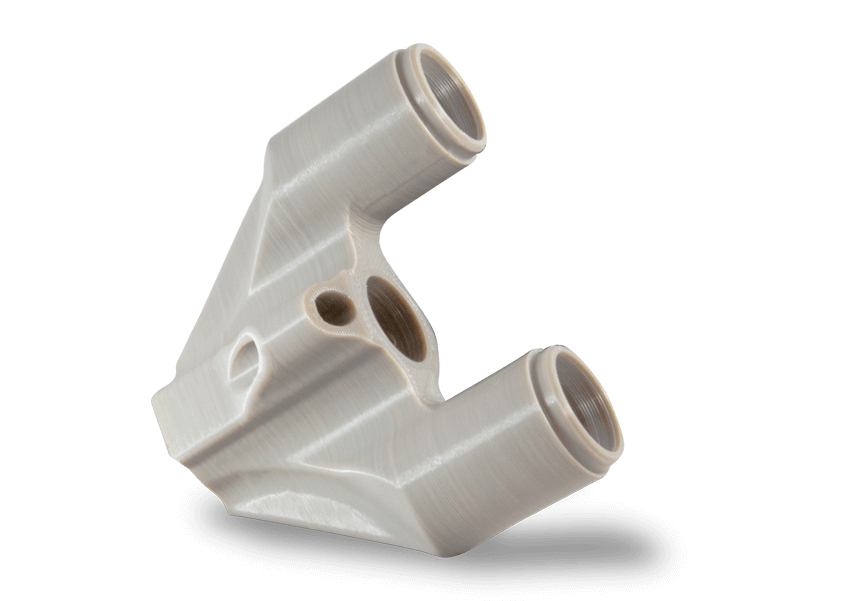
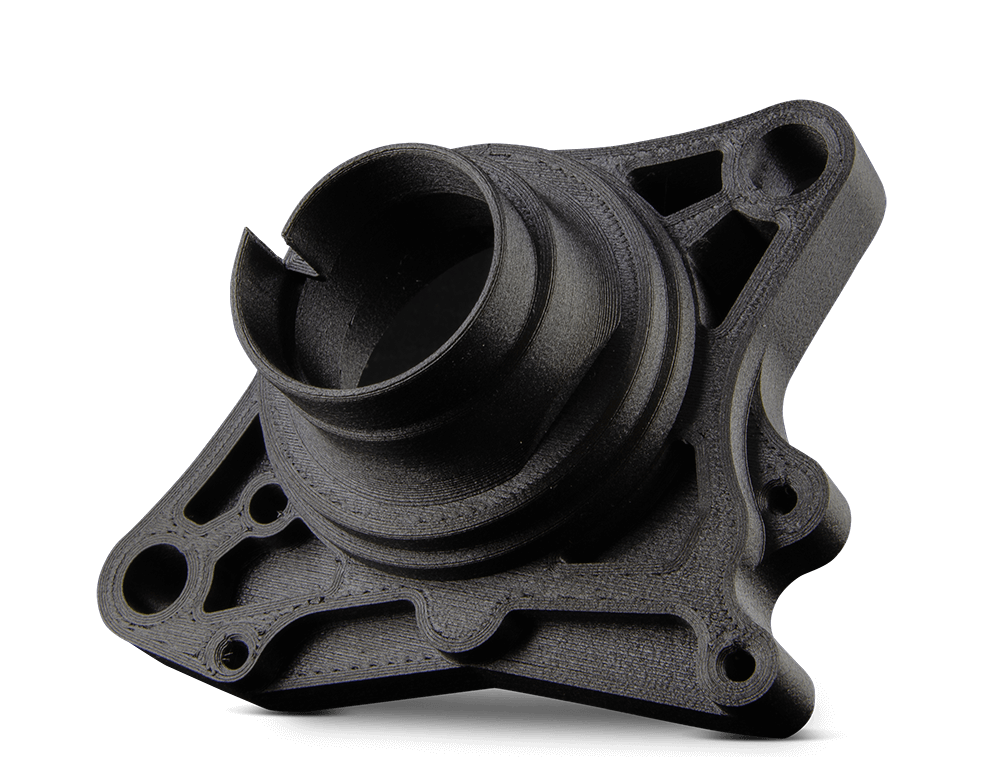
Every kilogram launched to orbit can cost up to $30.000.
See how ESA plans to reduce the weight of the parts at least 50% by using 3D printing and carbon fiber reinforced parts.
Arkema and miniFactory have collaborated to develop materials and processes for 3D printing functional objects made of semi-crystalline Kepstan® PEKK material. In this white paper, we present the hardware method and results.
"*" indicates required fields